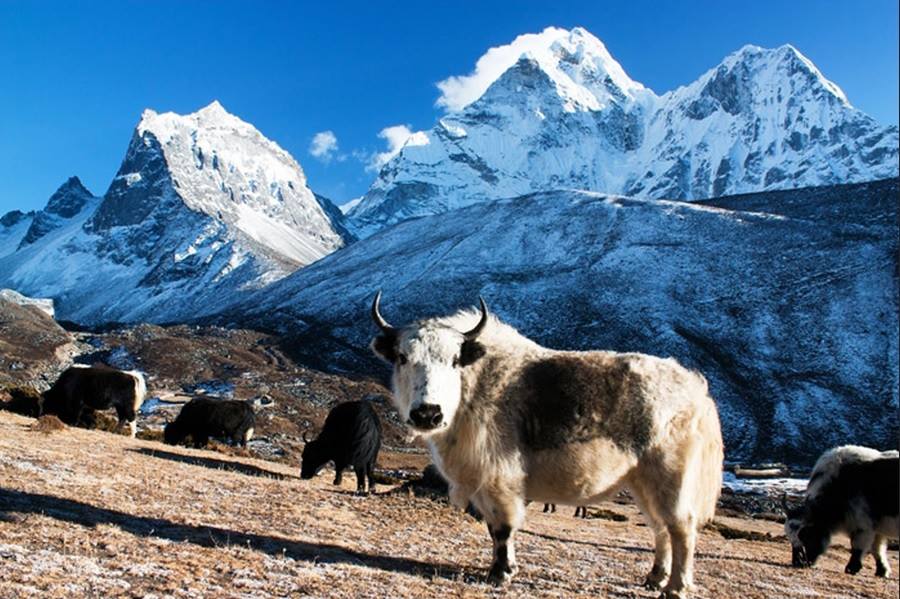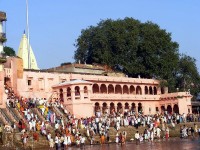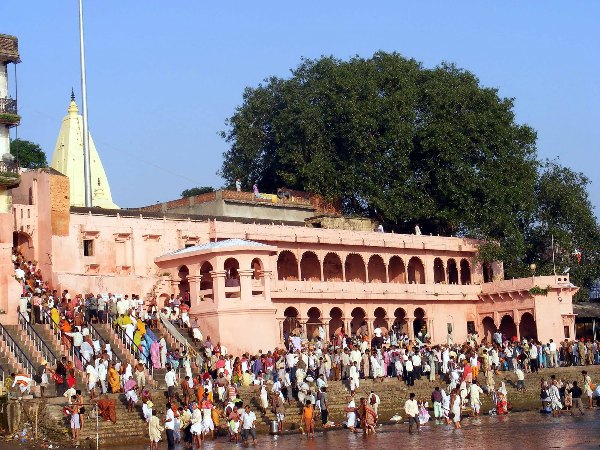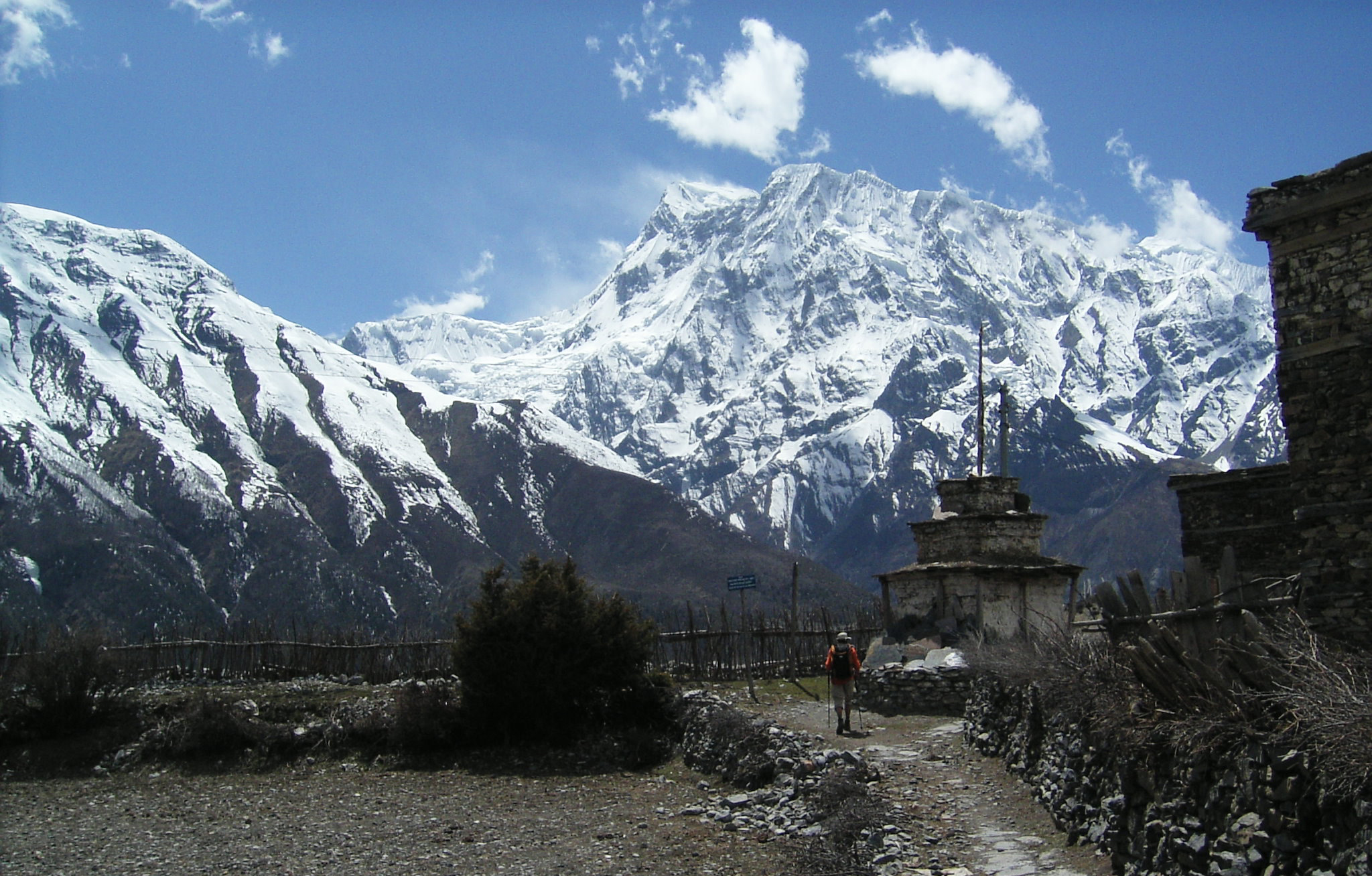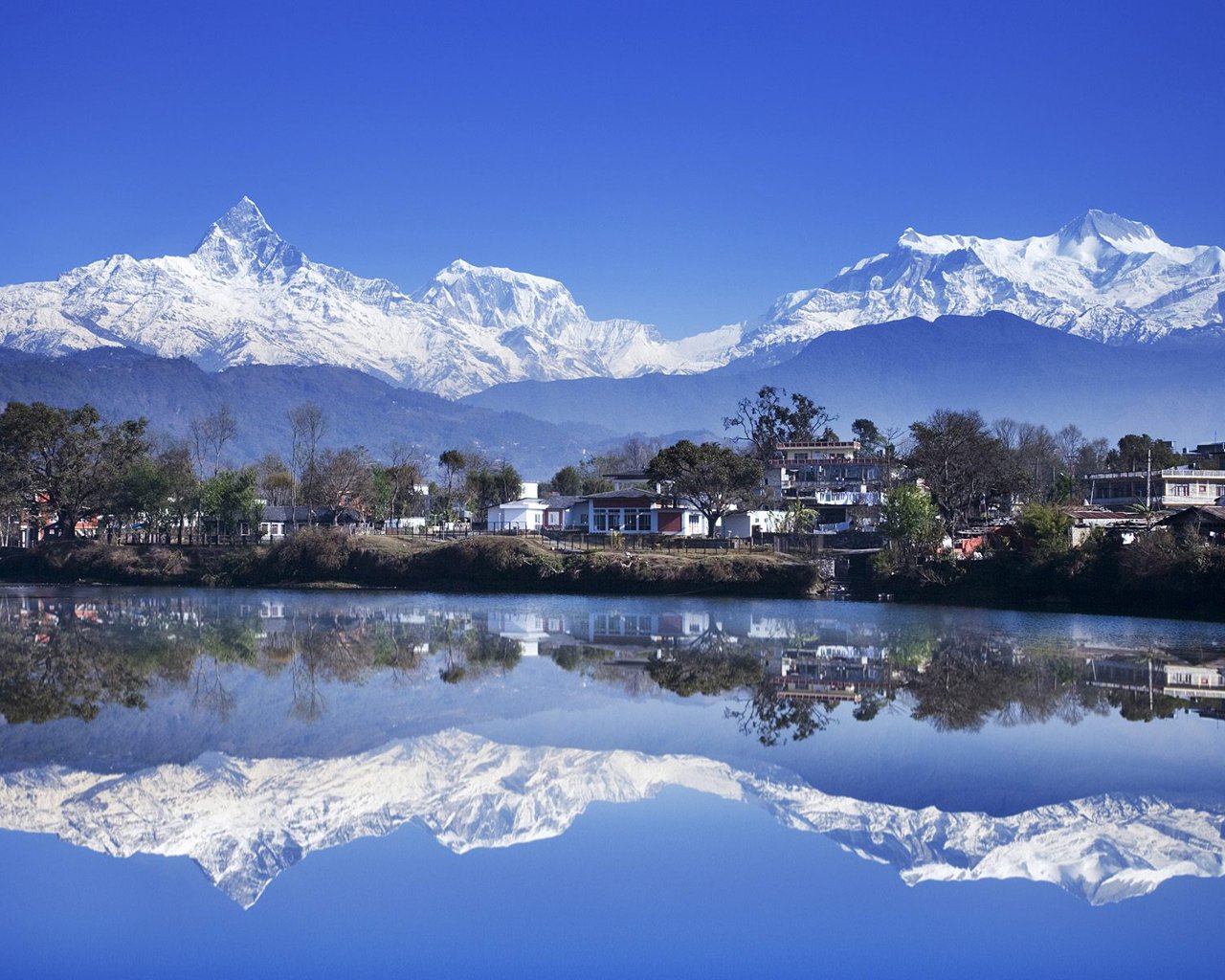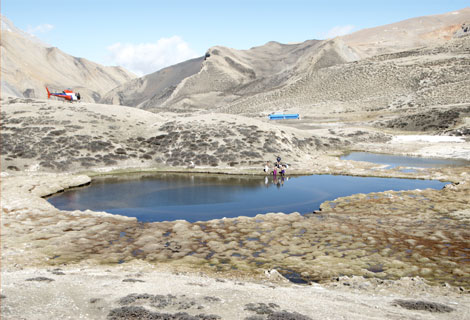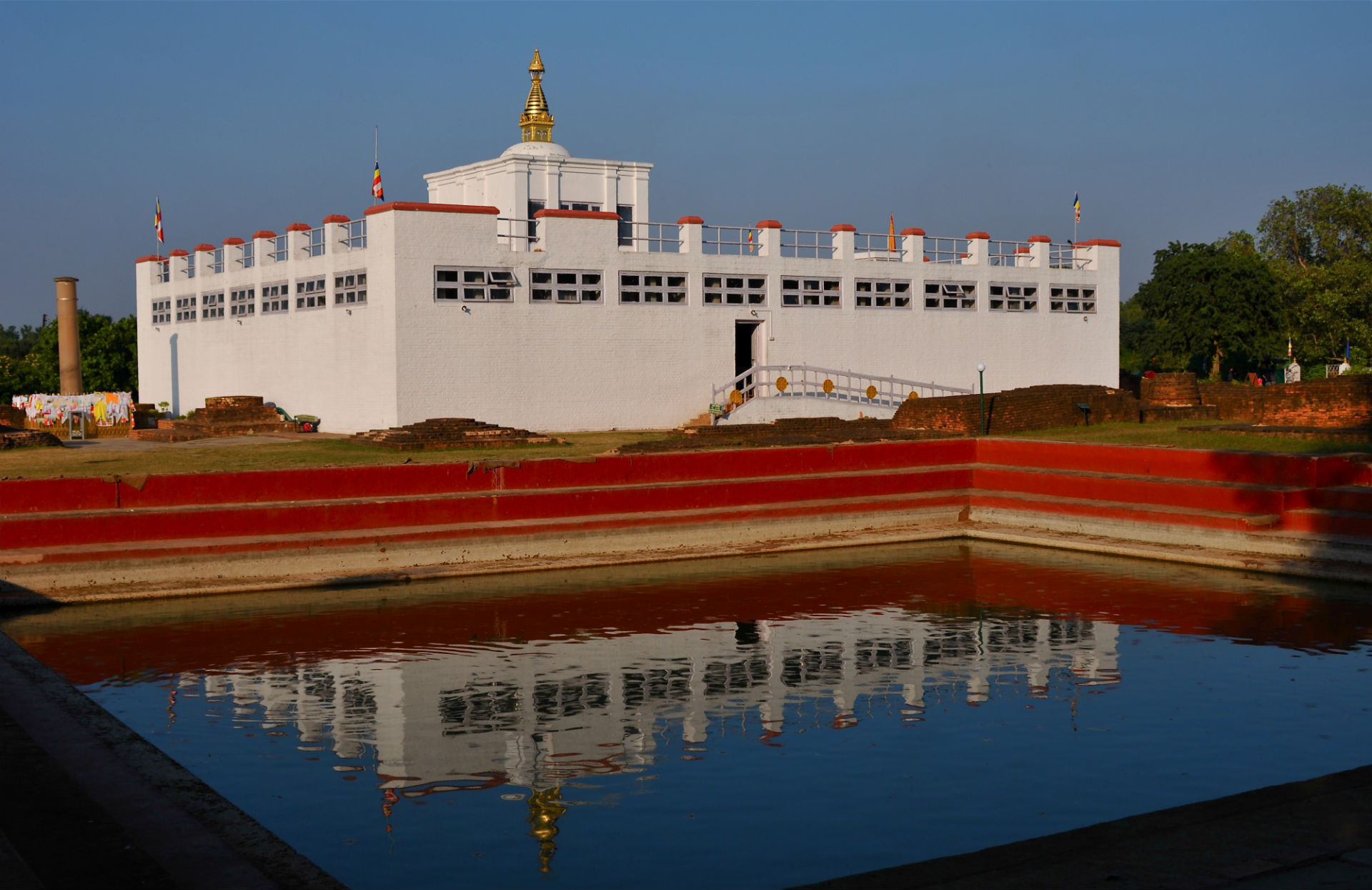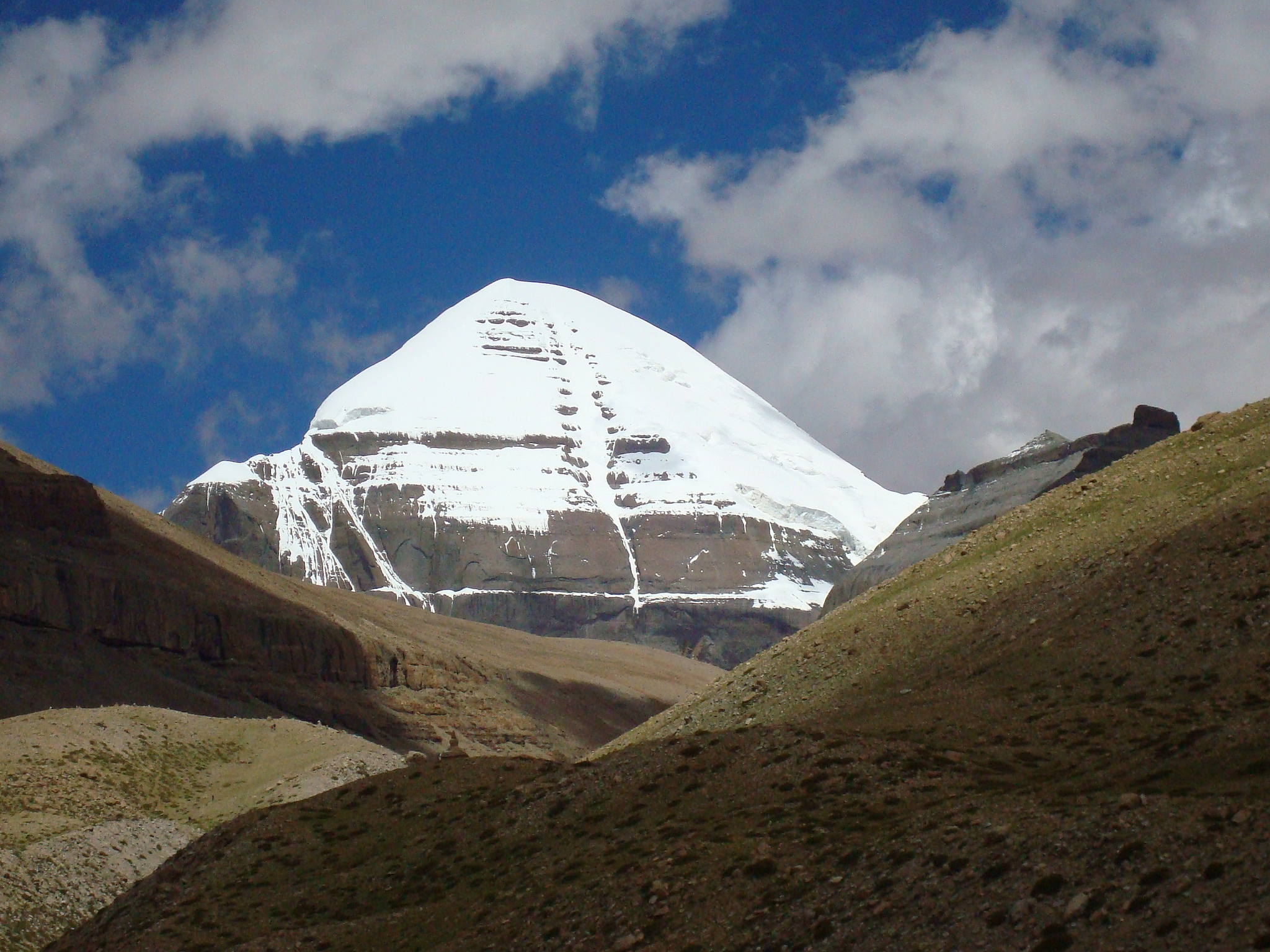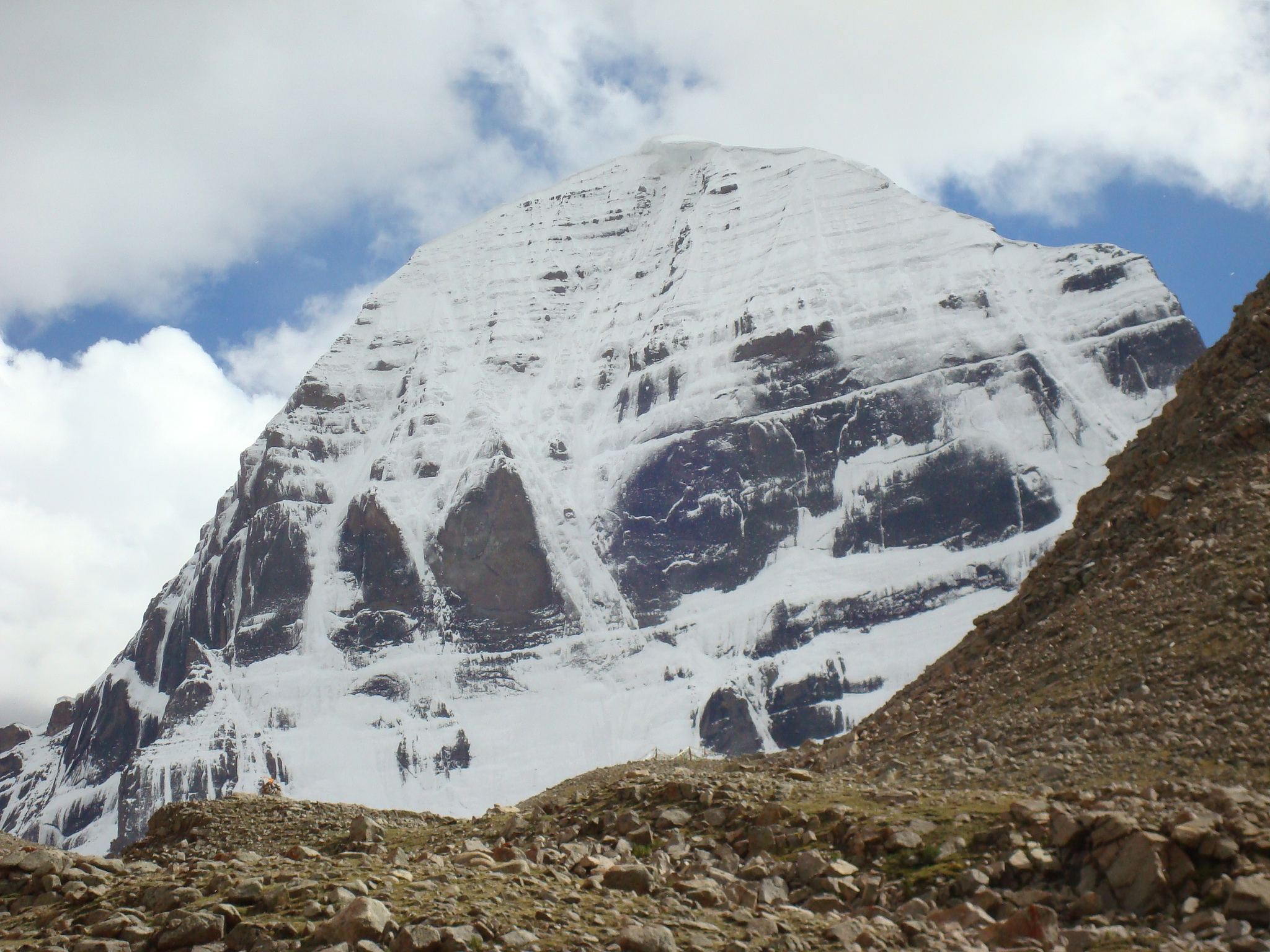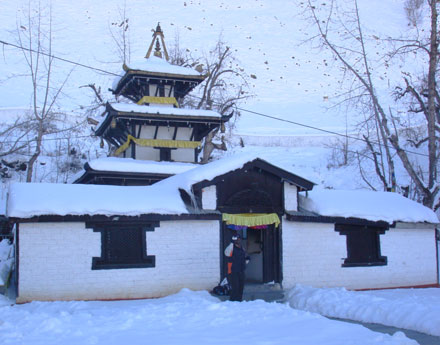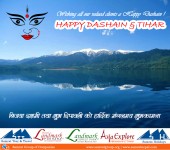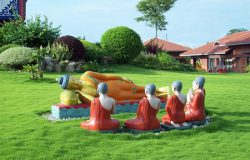

Lumbini – Birth Place of Lord Buddha
Buddha Jayanti in Nepal is also called Buddha Purnima. Buddha Purnima means Buddha Jayanti. The date of Buddha celebration falls in (Baisakh – Jyestha) April or May each year, depending on the cycle of the moon. It falls on the full moon day of Baisakh, the first month of Hindu calendar. Every year Baisakh Shukla Purnima, Buddha Purnima festival is celebrated not only in Nepal but also the other country. This festival is celebrated especially by Buddhist.
Birthday is celebrated on Baisakh Shukla Purnima 27, 2074 B. S. (May 10, 2017)
As we, all know that Nepal is a south Asian country. It is located between the two powerhouse of the world, Indian, and China. We also know that Buddha Jayanti is the celebration or festival in the remembering of Lord Buddha. Lord Buddha was born in Lumbini Nepal in 543 B.C. Here in Nepal, Buddha Jayanti is one of the great celebration in Nepal. The government of Nepal gives a national and public holiday on this holy day.
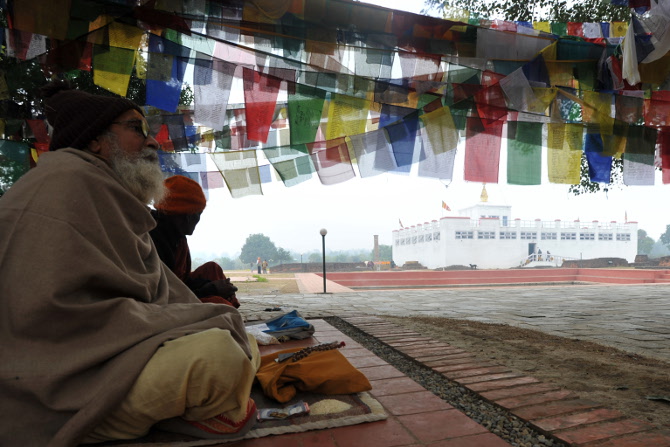
Lumbini – Birth Place of Lord Buddha
The spring full moon day when Buddha Sakyamuni Buddha was born is celebrated as Buddha Jayanti, Buddha Purnima or Swanya Punhi. The day of Baishakha Purnima is thrice blessed since it commemorates the three important events in the Buddha’s life’ his birth, the day he attained enlightenment and the day he passed into Nirvana. In Kathmandu, a capital of Nepal, celebrations marking Buddha Purnima are concentrated around the Swayambhunath Stupa, one of the cultural heritage site in the Kathmandu valley, the most sacred among all Buddhist monuments in Nepal. Devotees of Lord Buddha gather from early morning on this Baishakh Purnima in all over the country to worship and walk around the shrine in ritual circumlocution. Offerings of butter lamps, rice, coins, and flower, and prayer ceremonies go on throughout the day. Religious scroll paintings (Pabha) and images of the Buddha are put on display.
Buddha Jayanti also known as Buddha Purnima falls on the full moon day of Baishakh (Baishakh Sukla Purnima). It is a great festival for the Buddhists and so it is observed with great pomp and show. Buddha Jayanti in fact commemorates the three important phases of Buddha’s life-his forth, enlightenment and his nirvana (demise).
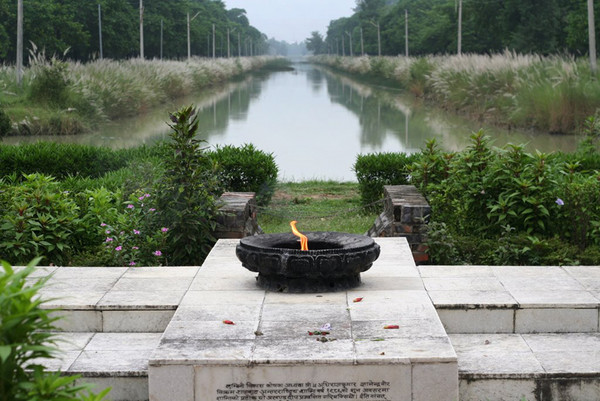
Lumbini – Peace and the Light of the World
The Buddha Purnima celebrations are equally fascinating at Boudhanath Stupa, another world heritage site in the Kathmandu valley. An image of the Lord Buddha is mounted on an elephant at the head of the procession that circles the Stupa and then proceeds to another Buddhist Stupa at Chabahil, Kathmandu. Large symbolic lotus petals are painted on the Stupa with a yellow dye of saffron.
On this auspicious occasion, many ceremonies are held around Buddhi shrines _ and stupas like Lumbini, the birth place of Gautam Buddha, Swayambhu stupa on the hillock to the west of Kathmandu and such many Buddha stupas across the world. From early in the morning, devotees duo native and foreigners throng around the Buddhist shrines and stupas with musical bands and offerings viz-rice, flowers, butter lamps and incense.
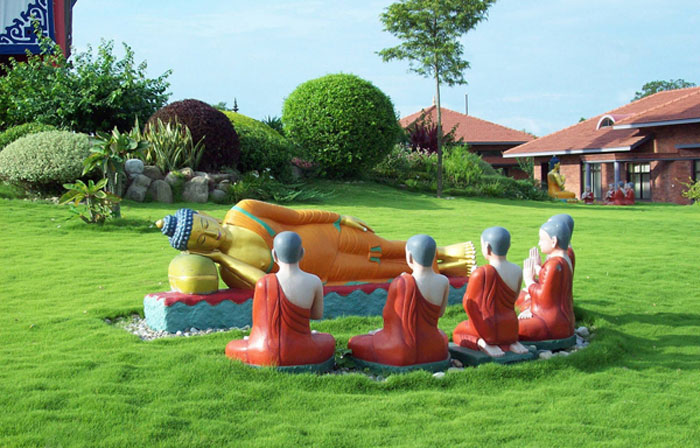
Lumbini – Birth Place of Lord Buddha
Special pooja/ritual functions and other programs are held to highlight the Buddhist ideology/philosophy. Sacred pauba scroll paintings and Buddha images are put on public display. Most importantly, at Anandakuti Bihar, a relic (a sliver of hone from the body) of Lord Buddha is brought out to pay homage from the devotees. As the night falls, the stupas, Bihar and even houses are illuminated with multi- colored lights of candles and butter lamps.
The prophet or peace and non-violence, Gautam Buddha was born as a crown prince to his parents- king Suddhodana and queen Mayadevi in Lumbini on the full moon day of Baishak over 2,500 years ago. It was on the same day that he got enlightenment in Bodhgaya and coincidently passed away into nirvana at Kushinagar in India on the very day. Unfortunately, Mayadevi died a few days after she gave birth to her great son. He was christened Siddhartha and was brought up in royal care and comfort.
Source: Imnepal
Landmark Forest
Landmark Pokhara
Creative Adventure Nepal
Landmark Kathmandu
Contact Us:
E-mail: sales@samratnepal.com
Phone: +977 – 9851030564
Location: Gairidhara, Kathmandu, Nepal.
Website: www.samratnepal.com
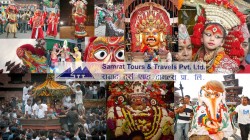

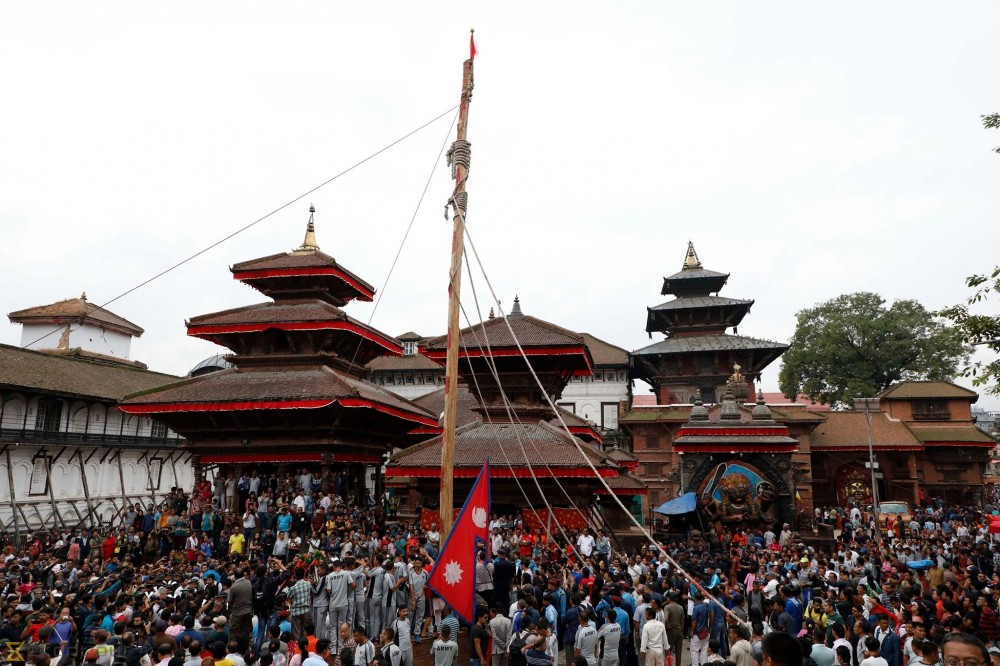
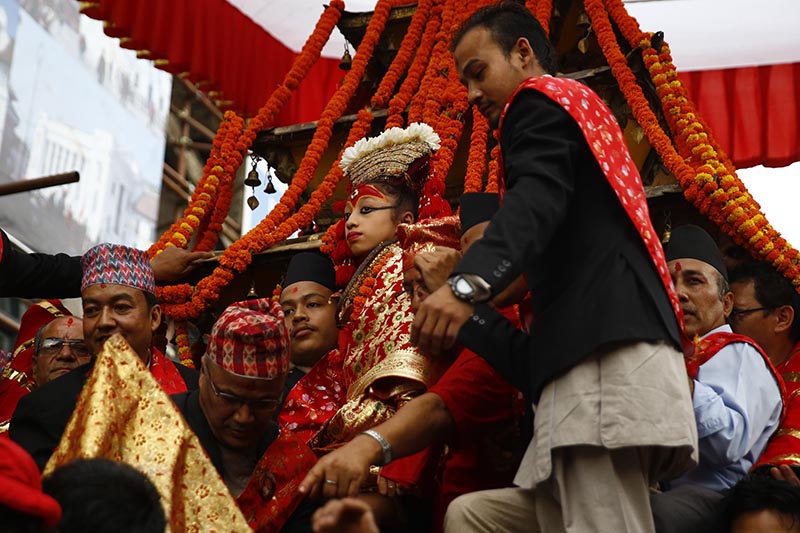 The procession consists of:
• Majipa Lakhey
• Pulukishi
• Sawan Bhaku
• Ganesh (Chariot)
• Kumar (Chariot)
• Kumari (Chariot)
The procession consists of:
• Majipa Lakhey
• Pulukishi
• Sawan Bhaku
• Ganesh (Chariot)
• Kumar (Chariot)
• Kumari (Chariot)









